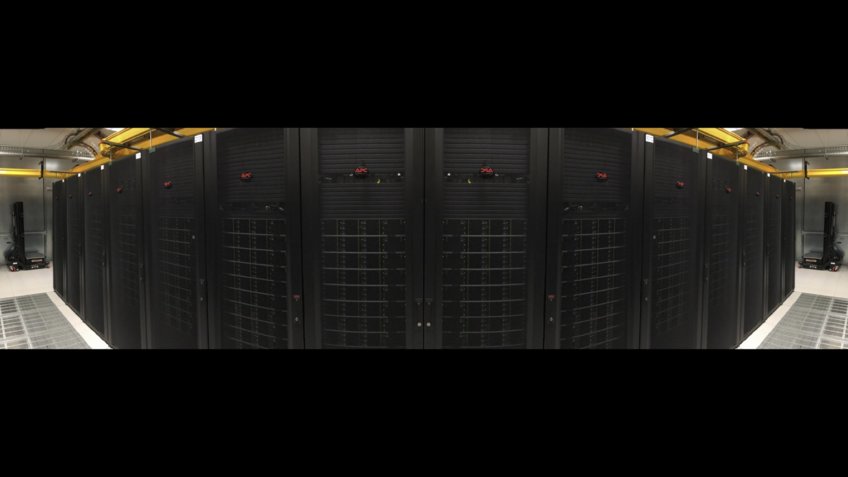
MeerKAT Backends
4 instruments for the MeerKAT digital backend.
To fully exploit MeerKAT’s wide field of view for time-domain astronomy, our team at the Max Planck Institute for Radio Astronomy has developed two novel and powerful instruments for the telescope. The FBFUSE (Filterbanking Beamformer User Supplied Equipment) instrument enables MeerKAT to form several hundred total-power tied-array beams, each of which can be directed anywhere within the telescope’s observable field. These beams are used to search for relativistic binary pulsars using the APSUSE (Accelerated Pulsar Search User Supplied Equipment) instrument.
Both FBFUSE and APSUSE are implemented as GPU clusters with high-speed Ethernet and InfiniBand interconnects, delivering the performance required for cutting-edge pulsar and transient science. These instruments support the TRAPUM Large Survey Project and the commensal MPIfR-MeerKAT Galactic Plane Survey (MMGPS), which combine pulsar searches with imaging observations.
In addition, FBFUSE has been tailored to support real-time transient detection through integration with the Transient Search User Supplied Equipment (TUSE), developed by the University of Manchester. This includes a 56-second voltage buffer, enabling snapshot recording of raw MeerKAT data for high-precision localisation of fast radio bursts (FRBs).
In collaboration with the Albert Einstein Institute (AEI) in Hannover, we have also developed a major extension to the FBFUSE system: the FBFUSE Baseband Voltage Recorder (FBFUSE-BVR). This high-capacity recording system sits upstream of FBFUSE and transparently captures MeerKAT’s voltage data. Equipped with over 4 petabytes of high-speed NVMe storage, FBFUSE-BVR can record up to four hours of raw MeerKAT voltage data, enabling unprecedented detail in the processing of radio interferometric observations.





